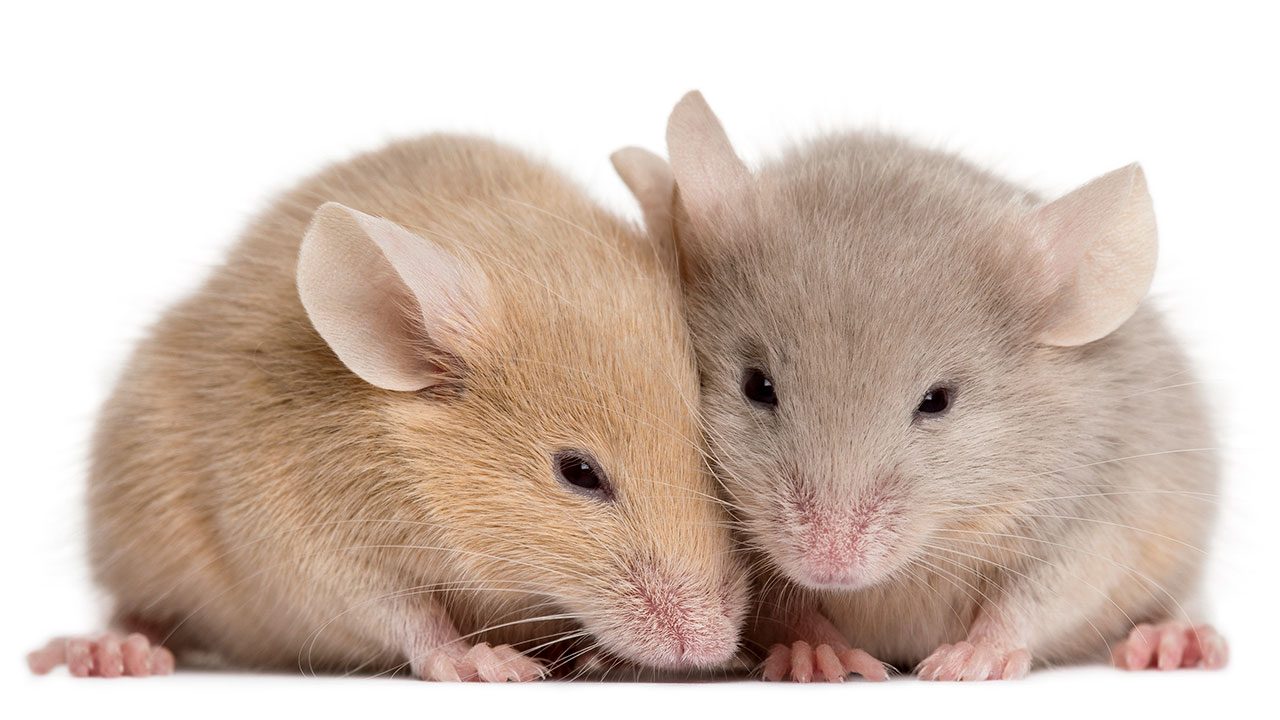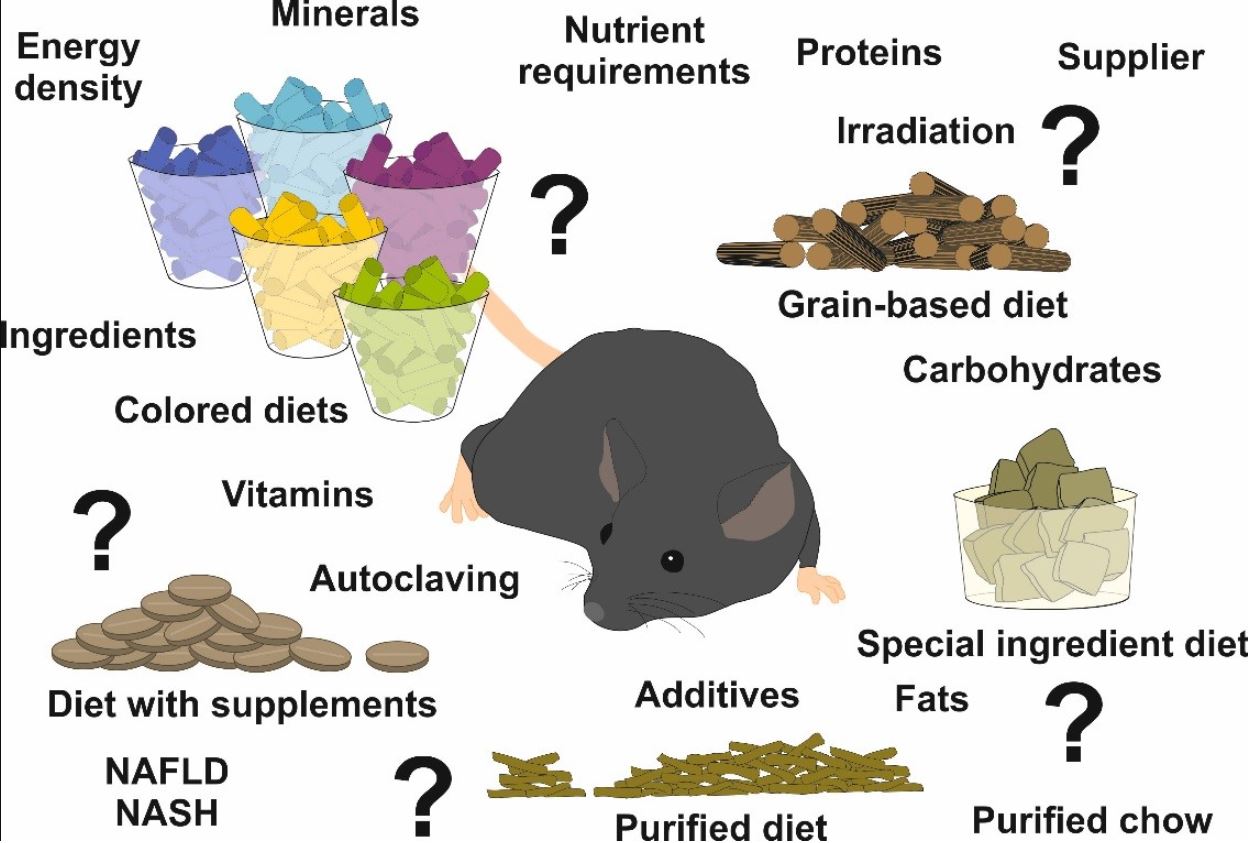Pain : Definition and Role
The International Association for the Study of Pain defines pain in humans as “an unpleasant sensory and emotional experience associated with actual or potential tissue damage, or described in terms of such damage”. In animals however, while it is widely accepted that animals experience pain, pain is difficult to assess as appropriate methods of objective measurements are lacking (1). A general guideline is that any procedure that would reasonably be expected to cause more than slight or momentary pain and/or distress in a human should be considered a painful procedure in animals. This statement should be used with caution as differences in sensory abilities may exist in different species.
In laboratory settings, recognizing, minimizing and avoiding animal pain altogether is not only the ethical thing to do to improve the welfare of animals, it is also an obligation to adhere to the 3Rs regulatory guidance :
-
Replacement : use alternative methods when possible (computer modeling, in vitro models) or replace higher-order animals (mice, rats, rabbits) with lower-order animals (flies, fish, worms)
- Reduction: use the minimum numbers of animals that enable researchers to obtain statistically significant results
-
Refinement : apply husbandry or procedures that improve welfare and/or minimize pain, distress, lasting harm, or other threats to welfare.
Untreated pain has confounding effects and can largely influence results variability and research outcomes on multiple biological functions (immunity, cardiovascular...), while effective pain management improves healing rates and decreases mortality, overall leading to better research (see our blog article Pain is a Variable that Affects Data Reproducibility). Untreated pain can also lead to weight loss and termination through humane endpoints, thereby loosing invaluable animals. To treat pain, different analgesics can be used (NSAIDs, opioids) and delivered through different methods (injection, fed, water, gels). ClearH2O's gel products are an easy and effective method for medication delivery, reducing the stress of handling for the animal, and the additional pain of the injection, thereby increasing health and welfare. To learn more, read our studies: Carprofen/Meloxicam in MediGel® Sucralose and Buprenorphine in MediGel® Hazelnut.
TO TRY OUR MEDIGEL SUCRALOSE WITH YOUR ANIMALS
In animal research, there are typically 5 circumstances that are likely to cause pain:
- Non-research-related injury: fight wounds, dermatitis, abscesses and other issues resulting from aging and parturition
- Normal husbandry procedures: vasectomy, teeth clipping, tail-tipping, ear-notching, injections, etc...
- Research byproduct: infectious or non-infectious diseases, surgery...
- Behavioral experiments: foot shock, fear conditioning, depression induction...
- Research on pain itself
In most circumstances, pain is assessed based on an animal’s clinical appearance and overall behavior, or/and by examining their physiological and behavioral responses to noxious stimuli. More recently, the grimace scale, a standardized behavioral coding system accompanied by facial expressions, has been developed for a few species.
Mouse Grimace Scale (MGS)
In 2010, Jeffrey Mogil and his group at McGill University, developed the mouse grimace scale (MGS) (2) where pain in mice is quantified according to objective and blinded scoring of facial expressions based on the Facial Action Coding System (FACS), as is done routinely for the measurement of pain in nonverbal humans. Indeed, mice and rats seems to display stereotypical changes in facial musculature that can be scored with remarkably high reliability and accuracy, using Advanced Video Coding High-Definition files Rodent Face Finder software.
Unlabeled photos are then randomized and analyzed for the 5 MGS action units:
- Orbital tightening
- Nose bulge
- Cheek bulge
- Ear position
- Whisker change
Trained technicians then assign a score to those 5 units, with the final MGS score being the average score across the 5 action units:
- Score of 0 - absent
- Score of 1 - moderate appearance, or equivocation over its presence or absence
- Score of 2 - marked appearance
 Image from (3)
Image from (3)
Since then, the MGS has been used to measure pain in a variety of circumstances, such as postoperative analgesics efficacy, post-vasectomy pain, thoracotomy and experimental myocardial infarction, laparotomy, orofacial pain, neuropathic pain and much more. Currently, two groups are working on a semi-automated MGS scoring system (Tolba's and Belik's in Germany).
Rat Grimace Scale (RGS)
In 2011, Jeffrey Mogil and his group adapted the MGS to better fit rats and developed the Rat Grimace Scale (RGS) (4). They noticed that, in the presence of pain, the nose and cheeks of mice bulge, while they flatten and elongate in rats and always occur together. Thus, the 4 action units of the RGS are:
- Orbital Tightening: narrowing of the orbital area, partial or complete eye closure or squeezing
- Nose/Cheek Flattening: with eventual absence of the crease between the cheek and whisker pads
- Ear Changes : fold, curl and angle forwards or outwards, pointed shape
- Whisker Change: move forward away from face

Rabbit Grimace Scale (RbtGS)
In 2012, in a collaborative effort between University of Guelph and Newcastle University (5), a scale to assess pain in rabbits based on changes in facial expression was developed, and composed of five facial action units:
- Orbital tightening : eye lid partially or completely closed
- Cheek flattening: contraction around the muzzle, the cheek pads are pressed against the face
- Nose shape: the nostrils slits are drawn vertically, creating a pointy nose in a V shape
- Whisker position: straighten and extended horizontally
- Ear position: ears move backwards and are held close to the sides or back

Inspired by AALAS webinar of July 7th, 2020 “Facial Expression Scales for Pain Assessment in Laboratory Animals" – Dr. Daniel Pang
See our complete series of AALAS webinars inspired blogs:
01/29/2020: How to Manage Barbering Behavior in Breeding Colonies
03/04/2020: Proper Perioperative Procedures in Rodents Promote Faster Recovery
03/30/2020: The Importance of Gut Microbiota in Reproducibility and Translatability in Research
06/01/2020: Pain is a Variable that Affects Data Reproducibility
07/14/2020: Understanding the Grimace Scale as a Pain Assessment for Laboratory Animals
01/29/2020: How to Manage Barbering Behavior in Breeding Colonies
03/04/2020: Proper Perioperative Procedures in Rodents Promote Faster Recovery
03/30/2020: The Importance of Gut Microbiota in Reproducibility and Translatability in Research
06/01/2020: Pain is a Variable that Affects Data Reproducibility
07/14/2020: Understanding the Grimace Scale as a Pain Assessment for Laboratory Animals
References
(1) Recognition and Alleviation of Pain in Laboratory Animals, National Academies Press, 2009
(2) Coding of facial expressions of pain in the laboratory mouse - Langford et al., Nature Methods 2010
(3) Using the Mouse Grimace Scale to Reevaluate the Efficacy of Postoperative Analgesics in Laboratory Mice - Matsumiya, JAALAS 2012
(4) The Rat Grimace Scale: A partially automated method for quantifying pain in the laboratory rat via facial expressions - Sotocinal et al., Molecular Pain 2011
(5) Evaluation of EMLA Cream for Preventing Pain during Tattooing of Rabbits: Changes in Physiological, Behavioural and Facial Expression Responses - Kearing et al., PloS One 2016




Leave a comment
All comments are moderated before being published.
This site is protected by hCaptcha and the hCaptcha Privacy Policy and Terms of Service apply.